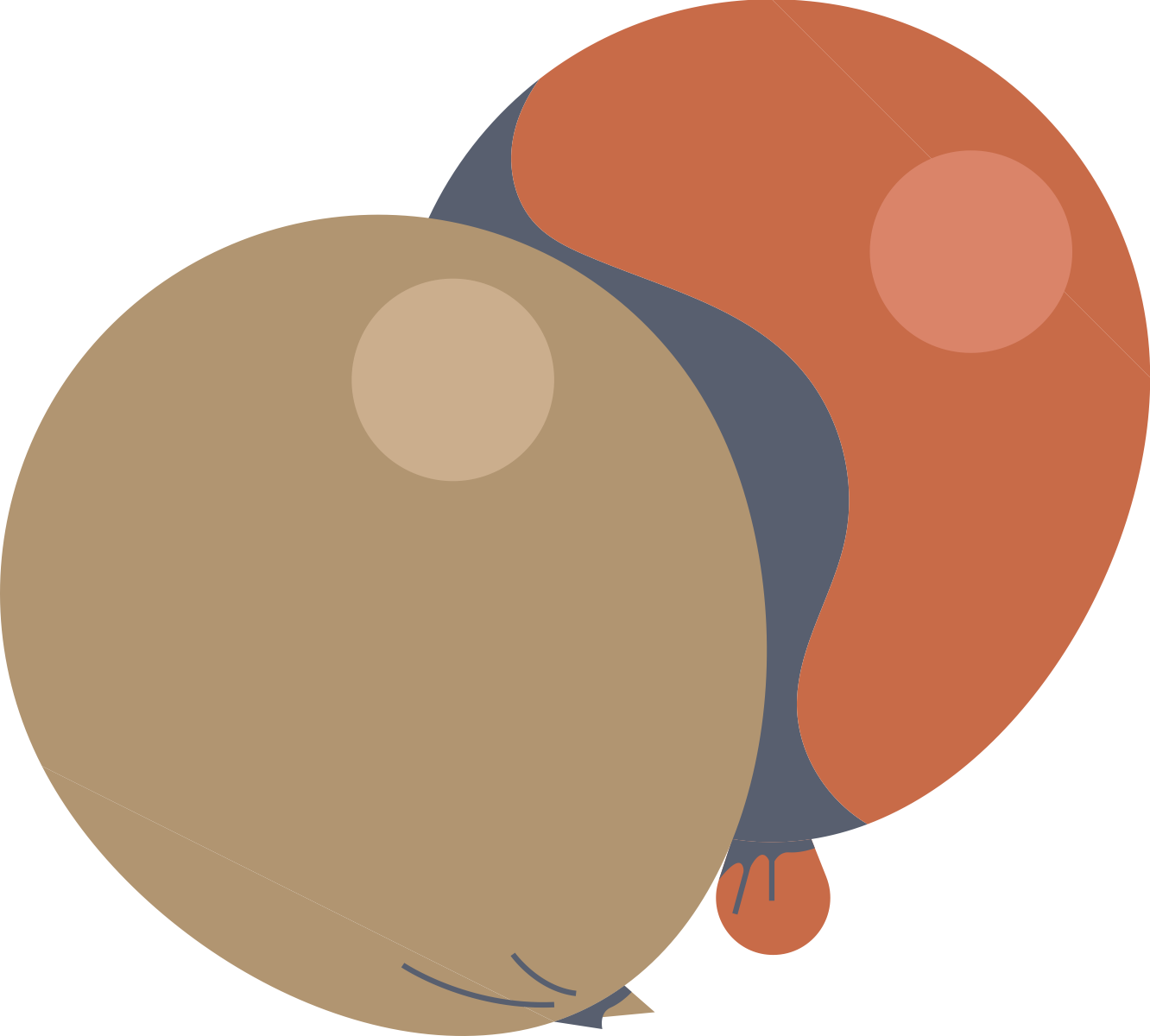

Putting and Keeping Sheep on the Mountain Since 2002
Please note: California law currently prohibits posts advertising or marketing of firearms to youths under 18. We will refrain from such posts or photos of youth at this time.

Fundraiser 2024 - Buy dinner tickets. Auction #1 - Fun Hunts closes 4/26. Auction #2 - Main live auction closes 4/27 as items are sold live. More Information.

CA WSF Project Report from OSU Now Available
Following the 2013 die-off of bighorn sheep in the Mojave desert at Old Dad Peak, CA WSF along with many other organizations were concerned. Bighorn sheep in this region were believed to be insulated from the pneumonia threat due to their reduced interactions with other domestic and wild sheep systems.
Working with Oregon State University, we funded an investigation of the post-outbreak survivorship of adult female bighorn (> 2 years old) across 9 populations for ~3.5 years (November 2013 to March 2017) in the Mojave and evaluated the effect of M. ovi exposure and infection on seasonal survival, while testing effects of range-specific factors that could potentially drive differences in adult survival and the effect of age.
The results of this long term study are presented in a report now available .
Key findings include:
• M. ovi infection was associated with a substantial reduction in survival of adult female bighorn following a pneumonia outbreak in 2013 in the Mojave Desert, which is consistent with many studies that have linked M. ovi to pneumonia epizootics and acute mortality in bighorn sheep populations.
• Environmental variables also appeared to influence survival, and in particular, forage quality in summer and autumn (as approximated by NDVI), and May to August precipitation, were strongly correlated with adult and neonate survival respectively, and likely mediated effects of M. ovi in infected populations.
• Intermountain movements may have been influenced by M. ovi infection, as the probability of an intermountain movement for a male > 5 years old was 25% less if the individual was PCR-positive at capture based on our top model, although infected males > 5 years old were still more likely to transmit disease across populations via intermountain movements compared to infected individuals in other sex and age classes.
• There is an indication that many adult females exposed to M. ovi may have remained chronically infected, given that previous exposure to M. ovi (as per cELISA testing and demonstration of M. ovi specific antibodies), barring infection status at capture, did not appear to affect adult female survival, while positive infection status at capture had a negative effect.
• Surviving adults that remain chronically infected can continue to spread the pathogen to other animals, promoting disease persistence in the system. Prevalence may therefore be largely controlled by the number of chronically infected individuals that remain in the population year after year, which would ultimately influence exposure rates and transmission risk among adults and neonates within and between populations.
A major finding of the study proposes that one way to achieve a broader spatial distribution of populations during summer and autumn might be to reconfigure placement of artificial water features, and perhaps add new structures, in a way that would give animals greater access to good quality forage and allow for greater use of forage throughout the range.
READ THE ENTIRE STUDY REPORT
Working with Oregon State University, we funded an investigation of the post-outbreak survivorship of adult female bighorn (> 2 years old) across 9 populations for ~3.5 years (November 2013 to March 2017) in the Mojave and evaluated the effect of M. ovi exposure and infection on seasonal survival, while testing effects of range-specific factors that could potentially drive differences in adult survival and the effect of age.
The results of this long term study are presented in a report now available .
Key findings include:
• M. ovi infection was associated with a substantial reduction in survival of adult female bighorn following a pneumonia outbreak in 2013 in the Mojave Desert, which is consistent with many studies that have linked M. ovi to pneumonia epizootics and acute mortality in bighorn sheep populations.
• Environmental variables also appeared to influence survival, and in particular, forage quality in summer and autumn (as approximated by NDVI), and May to August precipitation, were strongly correlated with adult and neonate survival respectively, and likely mediated effects of M. ovi in infected populations.
• Intermountain movements may have been influenced by M. ovi infection, as the probability of an intermountain movement for a male > 5 years old was 25% less if the individual was PCR-positive at capture based on our top model, although infected males > 5 years old were still more likely to transmit disease across populations via intermountain movements compared to infected individuals in other sex and age classes.
• There is an indication that many adult females exposed to M. ovi may have remained chronically infected, given that previous exposure to M. ovi (as per cELISA testing and demonstration of M. ovi specific antibodies), barring infection status at capture, did not appear to affect adult female survival, while positive infection status at capture had a negative effect.
• Surviving adults that remain chronically infected can continue to spread the pathogen to other animals, promoting disease persistence in the system. Prevalence may therefore be largely controlled by the number of chronically infected individuals that remain in the population year after year, which would ultimately influence exposure rates and transmission risk among adults and neonates within and between populations.
A major finding of the study proposes that one way to achieve a broader spatial distribution of populations during summer and autumn might be to reconfigure placement of artificial water features, and perhaps add new structures, in a way that would give animals greater access to good quality forage and allow for greater use of forage throughout the range.
READ THE ENTIRE STUDY REPORT
2002 - 2020 California Wild Sheep Foundation
CA FNAWS, doing business as California Wild Sheep Foundation or CA WSF, is a nonprofit organization and donations may be tax deductible. CA FNAWS tax identification number is 68-0481140.
Please mail donations to CAWSF, 1630 Williams Hwy #151, Grants Pass, OR. 97527.
Please mail donations to CAWSF, 1630 Williams Hwy #151, Grants Pass, OR. 97527.